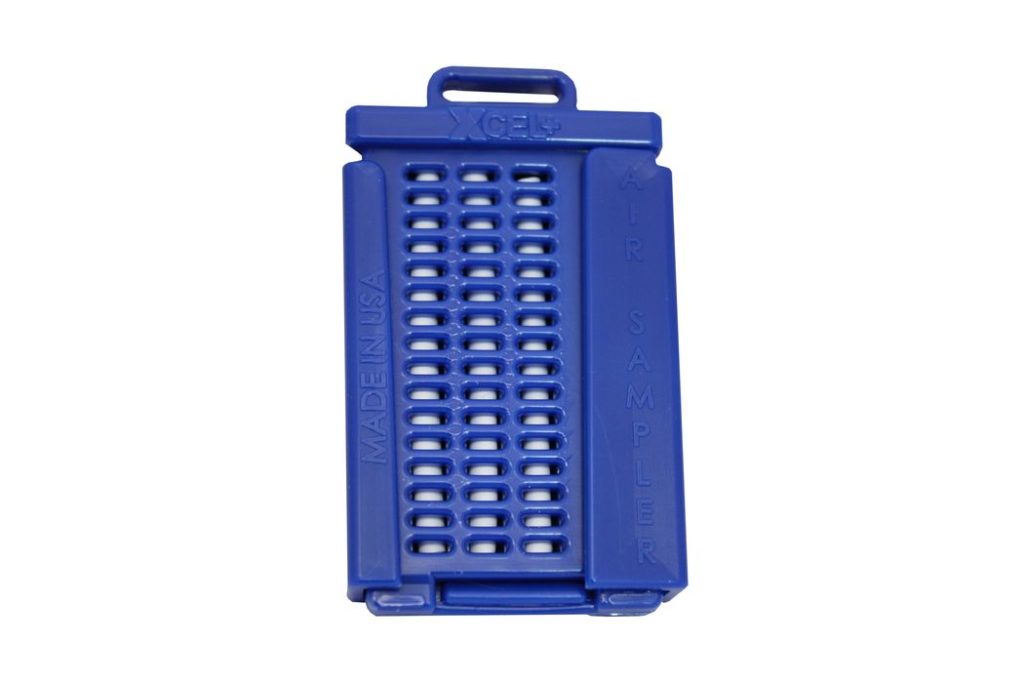
A report details a new, accessible method of detecting VOCs in the nearby atmosphere, which could be quite useful in many 3D printing situations.
VOCs, or “volatile organic compounds”, are chemicals that, if exposed in sufficient quantities to a person, could result in temporary or permanent damage. They’re evil chemicals that you simply don’t want to encounter.
Normally, VOCs are not something one would encounter in the normal course of life. Instead, they’re typically found in industrial settings, and that just happens to include 3D printing. They’re one of our Seven 3D Printing Hazards.
It turns out that 3D printers do indeed emit various types of VOCs, according to a major 3D Printing VOC study released a few years ago. The report listed dozens of VOCs emitting by various combinations of machines and materials.
One issue is that there is little attention paid to VOC exposure by many 3D printer manufacturers and operators. In fact, the percentage of machines that include the necessary filtration options is quite low, so external ventilation is nearly always recommended. But it’s quite likely many 3D printer operators don’t bother with ventilation.
Is there a way to deal with VOCs?
The first step is to identify whether VOCs are present and in what quantity. Unfortunately this has been an extremely challenging question to answer because the technology required to test for VOCs is not particularly accessible.
That may be changing, however, as new research shows a method of using a badge-like VOC detector.
Researchers have devised a unique silica material with nano-sized pores. These pores can capture a large number of VOC types upon exposure. This material has been fitted into a badge that can be worn during potential exposure scenarios.
The procedure is to open the badge when in the exposure area, and then close it upon leaving. The silica material in the badge is then sent to a lab, where it is heated to release the captured VOCs as a gas. The gas is analyzed using suitable equipment, and a VOC report is prepared.
This video shows the process in action:
Apparently the process can detect over 100 different VOCs.
The badge system is to be launched commercially by Airotect, who will package the badge and associated analysis service at a cost of US$75 and up.
This could be an ideal solution for SMEs using 3D printers in situations where the ventilation is marginal. The badge system could be used to determine the truth of the particular situation, whereupon corrective action could be taken.
For home 3D printer operators, it’s questionable whether this approach would be worthwhile, as equipment is used only occasionally. However, for those busy DIY operators of several 3D printers, this system might be valuable to confirm whether ventilation approaches are suitable.
Via Phys.org
